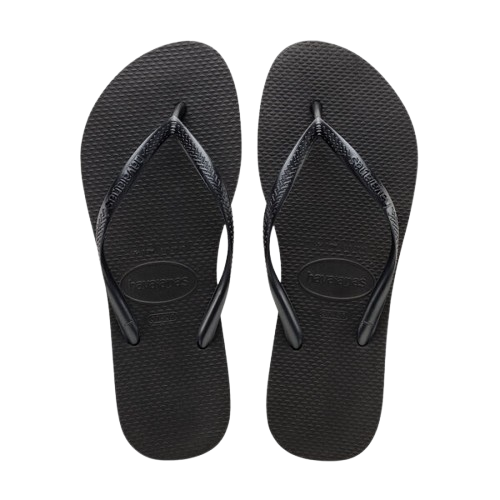No matter the time of year, a hiking trip is always a great recreational choice, whether with friends or family. It’s an opportunity to connect with nature, breathe fresh air, and explore the local landscape. For an activity like this, you need to consider several factors, and one of the most important is your hiking clothing.
As it depends on various factors such as temperature, the chosen route, or weather conditions, from Havaianas, we’re going to provide you with some guidance to help you decide what to wear the next time you wonder, “How do I choose my hiking clothes?“
Hiking Essentials
A practical way to select clothing for your upcoming hiking trip is to consider the essentials, both in terms of clothing and accessories. The key essentials include:
- Comfortable and durable trousers. You need something that allows you to move comfortably, made from flexible yet robust materials.
- Breathable T-shirts. Especially if you plan to wear multiple layers on top. These will help prevent your body from getting damp and cold.
- Warm jacket. If your hikes will take you through areas with dropping temperatures, a jacket is a must. Ultralight padded jackets that are exceptionally lightweight are ideal.
- Raincoat. Depending on the route and the time of year, you might encounter rain during your journey, so it’s important to have a raincoat with you.
- Hat or cap. Whether it’s for sun protection or to keep rain off, a hat or cap is essential.
- Sturdy shoes. You might not always need professional hiking boots, but you should wear shoes that provide good support for your feet on both dry and wet terrain.
Recommended Fabrics
As crucial as the type of clothing you choose for hiking is the fabric. It’s best to opt for materials like polyester, nylon, or merino wool for base layers. Why? Because they are breathable, help keep sweat away from your skin, and dry quickly. For clothing like underwear, socks, sports bras, and base layer T-shirts, you should always choose items made from these fabrics.
Dressing Tips
Since temperatures during your hike may vary, and the weather isn’t always stable, the best choice for hiking clothing is to go with layers. Wearing different layers of clothing allows you to add or remove items as needed to adapt to the temperature. For example, if you’re wearing a T-shirt, a sweatshirt, and a raincoat, but it starts raining and remains warm, you can easily remove the middle layer to stay comfortable.
And, as mentioned earlier, don’t forget to always use a first layer of clothing made from breathable fabrics to make your journey much more comfortable.
Backpack
There are hiking essentials that, while not clothing, are absolutely crucial. And how can you embark on a hiking trip without a backpack to carry everything you need?
Your backpack should be lightweight and spacious enough to hold water, snacks, your phone, keys, and extra clothing layers you may need during your hike. If you opt for more challenging trails or hike during less favourable weather, you might need more space to carry additional items.
Flip-Flops
We know there are avid hikers who prefer to wear flip-flops because they find them more comfortable. In reality, flip-flops are not the most suitable footwear for long-distance walks on uneven terrain, but they are an essential item to keep in your backpack, especially for routes near rivers or those ending at the beach. If you plan to cross a river or walk on damp ground, it’s best to have your flip-flops with you. Whether you’re a river or beach enthusiast, don’t forget to pack your favourite pair of flip-flops in your backpack for a refreshing dip at the end of the hike.
Thermal Clothing
As we’ve mentioned, layers are essential, and that’s why thermal clothing is one of the hiking must-haves. Especially if you plan to hike in areas with cold temperatures. This type of clothing will help you retain body heat during your activity without the need for too many layers.
Hats and/or Caps
Having the right accessories is almost as important as choosing the right hiking clothing. Hats and caps can protect your face from the sun’s effects, especially bucket hats that can even shield your neck. They can also keep you dry in case of rain, which might make your hike more challenging. If you opt for water-repellent fabric, your hat can be a great ally. Moreover, wool hats can protect your ears from the mountain cold.









